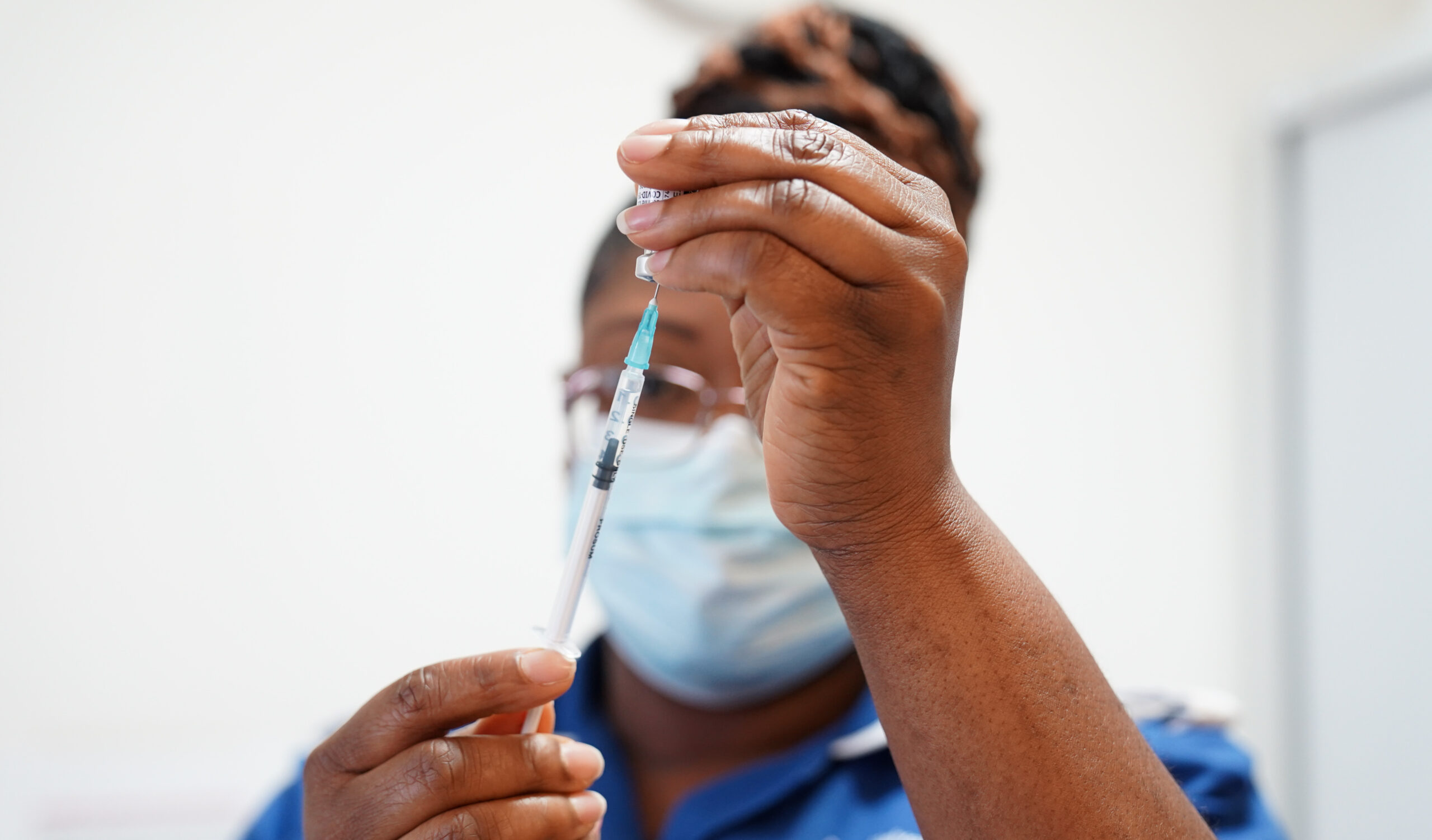England is in the midst of a measles outbreak. Since 1 October last year, there have been 347 laboratory-confirmed cases, mostly in children under the age of 10. The outbreak has been widely attributed to falling uptake of the MMR vaccine, which is administered in two doses at the age of 12 months and then before children start school. But is this the whole story?
It’s true that coverage of the MMR vaccine has fallen. Only 84.5% of children in England received the second dose before their fifth birthday in 2022–23, compared to 88.6% in 2014–15. This means that completion of the full course has fallen by about four percentage points since 2014. According to the World Health Organization, 95% coverage is needed to achieve herd immunity.
Yet there is substantial geographic variation in vaccine coverage. In 2022–23, the percentage of children who received the second dose before their fifth birthday was 75.1% in Birmingham and 74.0% in London — well below the national average. (In Hackney, the local authority with the lowest uptake, the figure was just 56.3%.) It is therefore not surprising that the current outbreak is concentrated in Birmingham. Previous outbreaks in 2019, 2018 and 2016 were concentrated in the capital.
One thing many of the local authorities with low vaccine uptake have in common is big ethnic minority populations. Indeed, surveys consistently find higher levels of vaccine hesitancy in certain ethnic minority groups, particularly Black British. But is there an ethnic breakdown for uptake of the MMR vaccine specifically?
Yes, actually. A paper published last year in eClinicalMedicine analysed a large dataset of electronic health records and confirmed there are substantial differences in vaccine uptake by mother’s ethnicity. (By way of qualification, the authors note that their estimates “will not exactly reflect true coverage in the general population”.)
In 2020–21, the latest year for which data was available, coverage in the White British group was 93.4% — less than two percentage points short of the WHO’s recommendation. By contrast, coverage was 79.1% in the Black African group, 71.6% in the Black Other group and just 64.8% in the Black Caribbean group. So the difference in coverage between White British and Black Caribbean was almost 29 percentage points – seven times greater than the change in overall coverage since 2014.
In addition to these large differences in 2020–21, the paper found that ethnic disparities have widened since 2014. While several groups have seen little or no change in uptake, all three Black British groups have seen substantial declines — amounting to more than 20 percentage points in the case of Black Caribbeans. (The White Other group has also seen a sizeable decline.)
It is noteworthy that Birmingham, the epicentre of the current outbreak, has the largest Black Caribbean population out of all local authorities in England.
The exact reasons for vaccine hesitancy among Black British people are not well-understood — though mistrust of the healthcare system may be one. What the data does suggest is that falling uptake of the MMR vaccine is far from uniform across ethnic groups. Any campaign to boost vaccine uptake must surely take this into account.











Join the discussion
Join like minded readers that support our journalism by becoming a paid subscriber
To join the discussion in the comments, become a paid subscriber.
Join like minded readers that support our journalism, read unlimited articles and enjoy other subscriber-only benefits.
Subscribe